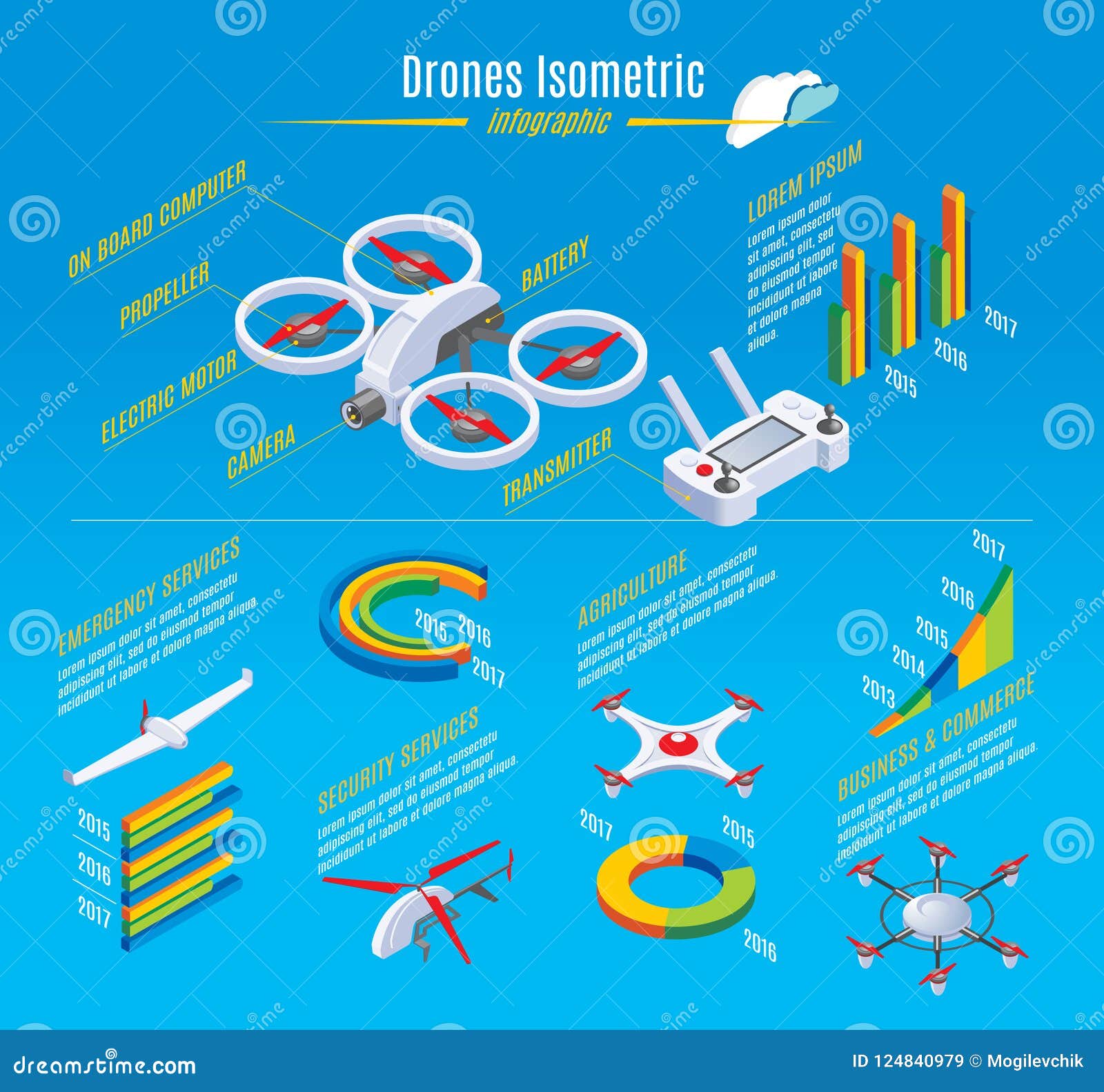Fads And Technologies Shaping The Future Of Commercial Building
Fads And Technologies Shaping The Future Of Commercial Building
Blog Article
Composed By-Maxwell Hardin
Did you know that the global building industry is projected to reach a worth of $12.7 trillion by 2022? With such an enormous market, it's no wonder that business construction is continuously progressing to meet the needs of the future.
From innovations in structure products to the integration of wise technology and arising construction techniques, the market gets on the verge of a major makeover.
Yet what exactly are these trends and technologies that will shape the future of commercial building? Keep tuned as we discover the interesting opportunities that lie ahead and how they will certainly change the way we develop.
Innovations in Structure Products
Advancements in structure products have transformed the business building industry, enabling more efficient and lasting construction practices.
With the introduction of innovative products such as eco-friendly concrete and cross-laminated hardwood (CLT), building and construction companies are currently able to lower their environmental impact while enhancing the overall quality of their tasks.
Eco-friendly concrete, for example, is made from recycled materials and has a reduced carbon impact compared to traditional concrete. commercial rv storage building kits possesses exceptional thermal properties, reducing the demand for added insulation.
CLT, on the other hand, is a sustainable option to steel and concrete. It's lighter, yet more powerful, and can be upraised off-site, resulting in much faster building times.
mouse click the next web site in building materials not only benefit the atmosphere yet likewise enhance productivity and cost-efficiency in the industrial building market.
Combination of Smart Modern Technology
Integrating wise innovation right into business building jobs has revolutionized the sector, improving efficiency and performance while boosting total task management. Here are three methods which wise innovation is being incorporated into commercial construction:
1. Building Automation: Smart innovation allows for the automation of numerous structure systems, such as lighting, heating, air flow, and security. This not just improves energy performance but also gives a more comfy and personalized setting for owners.
2. Remote Monitoring: Smart sensing units and IoT devices make it possible for real-time monitoring of building and construction websites, permitting task supervisors to track progression, determine potential concerns, and make notified decisions remotely. This decreases the need for physical existence on-site and improves interaction and collaboration.
3. Information Analytics: Smart technology collects and assesses data from numerous sources, offering valuable insights into construction procedures, resource allowance, and performance. This data-driven technique makes it possible for much better decision-making, optimization of sources, and proactive upkeep, eventually causing cost savings and boosted job results.
With the combination of smart innovation, industrial construction jobs are ending up being a lot more efficient, sustainable, and smart.
Arising Building Techniques
As the industrial construction market remains to advance, new methods are emerging to boost effectiveness and productivity in task implementation.
One such method is modular building and construction. This approach entails the building of structure elements off-site in a controlled setting, prior to they're transported and set up at the construction website. By using modular building, tasks can be finished quicker, as the simultaneous building of different building elements minimizes overall building time. Additionally, modular construction permits greater accuracy and quality control, as the work is performed in a controlled environment with much less exposure to exterior aspects.
An additional arising strategy is making use of 3D printing in building. This innovative method makes it possible for the production of facility and tailored structure components utilizing computer-controlled equipments. 3D printing minimizes product waste and building and construction time, while also giving engineers and contractors with more design adaptability.
These arising methods are positioned to transform the business construction market, making projects much more reliable, economical, and sustainable.
Verdict
As you look ahead to the future of commercial building, one point is particular: adjustment is on the horizon.
With innovations in structure materials, the integration of smart innovation, and arising building and construction strategies, the sector is positioned for a transformation.
So embrace this exciting journey, where opportunities are unlimited and development is the key.
Enter the future of industrial construction and witness the change that will certainly leave you amazed.
